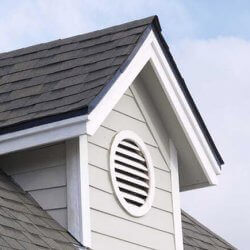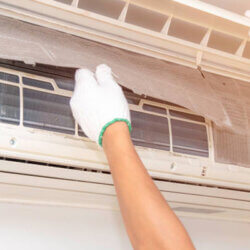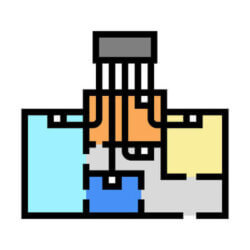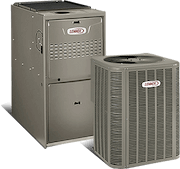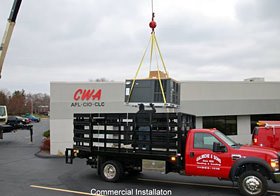
We all know that an HVAC system is responsible for delivering heated and cooled air throughout the home. Besides temperatures however, forced air systems also play a significant part in home air quality. It is not hard to see why or how either. Air is pushed through the home starting in the blower motors. Air then travels through ductwork and out registers. The heated or cooled air then blows into a room, bringing with it all the dirt it picks up on the way there and kicking up all the debris that may have settled on couches, tables, shelves, etc.
Because of this process, your HVAC system can be a huge source of indoor air pollution, which can be especially irritating to allergy sufferers. However, there are some things you can do to help reduce the indoor air pollution carried by your HVAC system. Here are some tips on running your forced air systems without causing excessive indoor air pollution.
Change Filters Frequently
Cleaning your air filters is one of the most important steps in caring for your HVAC system. For one, it helps reduce indoor air pollution in your home, but at the same time it reduces your energy bills and helps prolong the life of your HVAC system. When debris, dander, and other pollutants build up on the filter, the air has to work harder to get through. Therefore, lower quality air is let through which means your HVAC system works harder and longer– driving up heating and cooling bills. As that dirt, debris, and other indoor air pollution builds up, eventually it is forced through the filter until it finds a resting spot in your home or your lungs.
Make Sure Your Home Has Proper Ventilation and Circulation
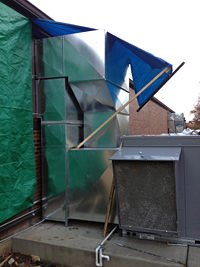
We walk a slippery slope when it comes to energy efficiency in our homes. You definitely do not want a lot of gaps near windows and doors or cracks in siding as that is a significant source of heated and cooled air loss. On the other hand, if your home is an airtight sealed chamber, indoor air pollution can actually increase. Fans in bathrooms and basements plus vents in an attic can help keep the air moving so that mold does not form. Additionally, when the weather is nice enough, open a window, as it will do your indoor air quality wonders.
Understand the Importance of a Clean Floor
When dust mites, and dander get kicked into the air, they have to eventually come to rest somewhere. The biggest target in any room is the floor. No matter what type of material your flooring consists of (carpet, hardwood, tile, etc.) having a clean floor is one of the best ways to limit and control indoor air pollution. A quality vacuum with a HEPA filter can help reduce indoor air pollution by removing many of these allergens instead of just “moving” them. Microfiber mops pick up any remnants and large rugs by all exterior doors prevent this debris from getting tracked through the home to begin with.
Be Proactive with Monitoring Indoor Air Pollution
Remember that indoor air pollution does not just come from your HVAC system kicking up dirt. Radon, carbon monoxide, and humidity levels are just a few of the things that should be proactively checked with an indoor air monitor. If you notice problems with any of these things, consider installing specialized indoor air quality equipment such as air purifiers, humidifiers, and more.
Learn More About Reducing Indoor Air Pollution
To learn more about what you can do and what type of systems are available for improving indoor air quality and reducing indoor air pollution in your home, contact the St. Louis heating and air conditioning experts at Galmiche & Sons to fix any indoor air pollution issues today!



